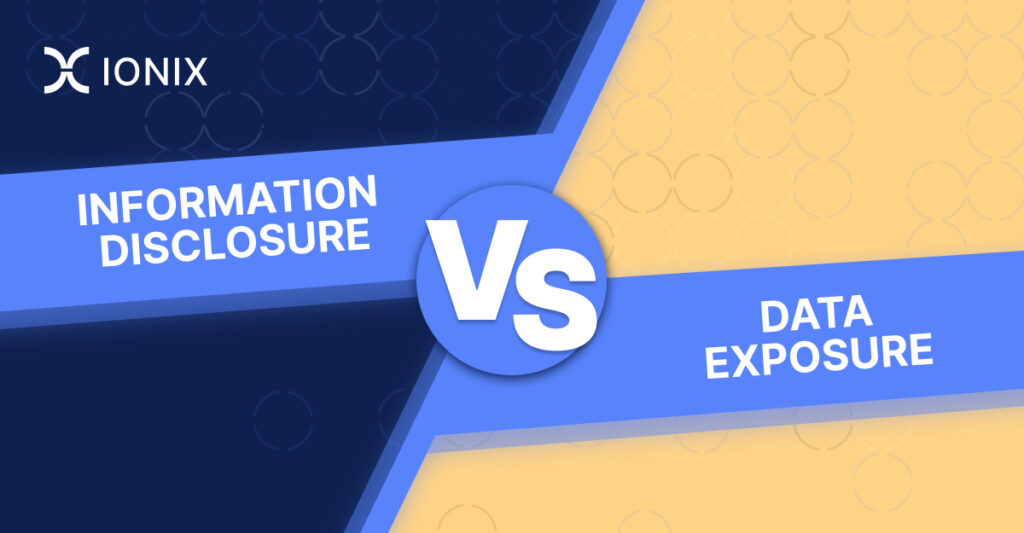Election Ecosystems, How The Two U.S. Political Parties Stack Up

We are about one week away from the U.S. election and a lot is at stake for both parties. While the political pundits are focused on polling numbers and predictions, at IONIX, we are focused on the vulnerabilities that exist within an organization’s attack surface.
As we continue to track various hacking campaigns throughout the internet, there is a growing trend that is very relevant for this election cycle: the rise in attacks and vulnerabilities in the ecosystems of state, local, and federal government organizations. While it would be irresponsible for us to post those vulnerabilities in a public forum, we still want to illustrate our point that government-operated ecosystems are as at-risk as any other organization.
In this post I will walk through the ecosystems of the two major U.S. political parties as examples of government-related ecosystems and provide some insights into their nature, scale and scope that are produced by our External Attack Management platform.
Democrats vs. Republicans
We applied the IONIX attack surface management platform to the primary domains of each of the parties and their presidential candidates’ main site to learn about their ecosystem. We limited the analysis to a single scanning pass on each ecosystem. This type of limited analysis provides cursory information about an organization’s ecosystem. Full and continuous scans would likely enhance and improve the accuracy of these results. Additionally, to avoid exposure of sensitive information we are reporting only surface level data.




